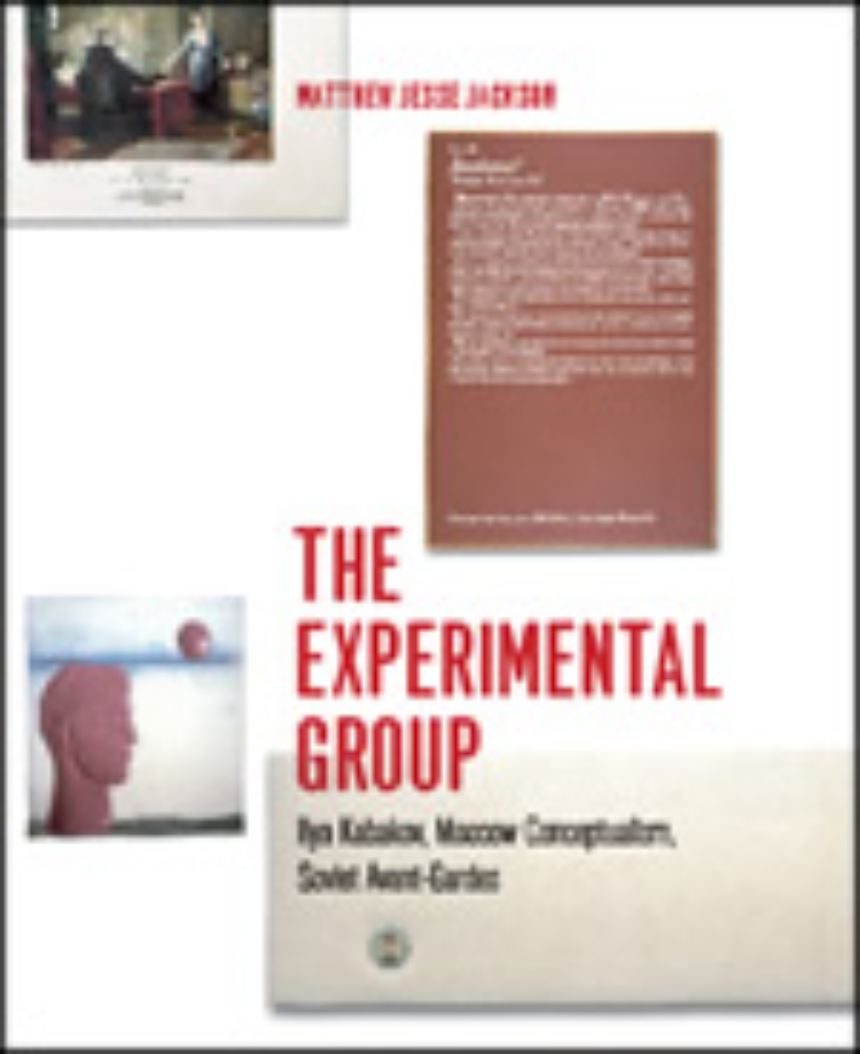The Experimental Group
Ilya Kabakov, Moscow Conceptualism, Soviet Avant-Gardes
A compelling study of unofficial postwar Soviet art, The Experimental Group takes as its point of departure a subject of strange fascination: the life and work of renowned professional illustrator and conceptual artist Ilya Kabakov.
Kabakov’s art—iconoclastic installations, paintings, illustrations, and texts—delicately experiments with such issues as history, mortality, and disappearance, and here exemplifies a much larger narrative about the work of the artists who rose to prominence just as the Soviet Union began to disintegrate. By placing Kabakov and his conceptualist peers in line with our own contemporary perspective, Matthew Jesse Jackson suggests that the art that emerged in the wake of Stalin belongs neither entirely to its lost communist past nor to a future free from socialist nostalgia. Instead, these artists and their work produced a critical and controversial chapter in the as yet unwritten history of global contemporary art.
336 pages | 54 color plates, 86 halftones | 8 1/2 x 10 1/2 | © 2010
Art: Art--Biography, European Art
History: European History
Reviews
Awards
Dedalus Foundation: Robert Motherwell Book Award
Won
Association for Slavic, Eastern European, and Eurasian Studies (ASEEES): Wayne S. Vucinich Book Prize
Won
